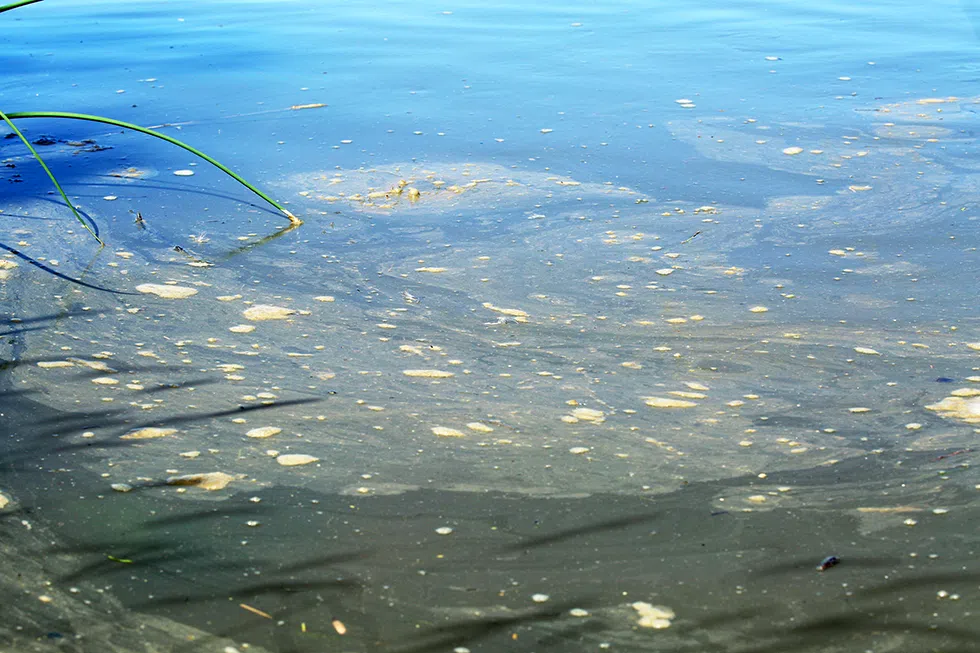
Investigation shows Husky ignored alarms
After months of waiting, the Ministry of Economy has released their findings on last year’s oil spill confirming Husky waited roughly 14 hours before responding to alarm bells.
In their report, the Ministry of Economy confirmed Husky’s pipeline buckled due to ground movement under the pipe which occurred “over many years.”
“The investigators concluded that the slope movement was not a one-time event,” the statement reads.
Investigations found 225 cubic meters of oil blended with distillates leaked into the river. It was found that roughly 60 percent was “contained or recovered on land prior to the point of entry into the river.”


